It looks like you're using an Ad Blocker.
Please white-list or disable AboveTopSecret.com in your ad-blocking tool.
Thank you.
Some features of ATS will be disabled while you continue to use an ad-blocker.
6
share:
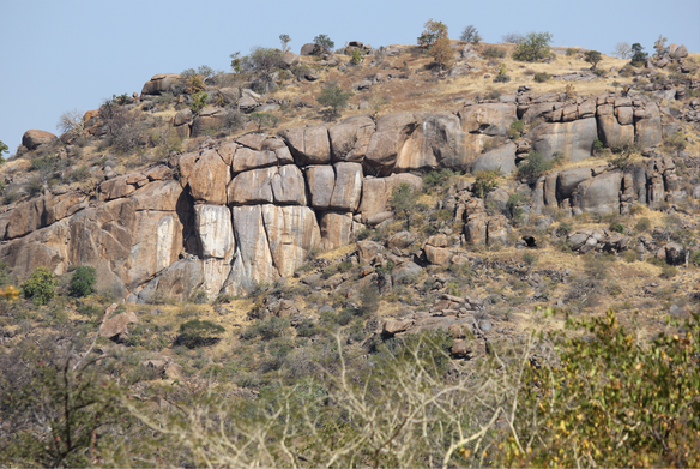
A new Zimbabwe site on the World Heritage List? Posted by TANNAfrica, ArchaeoHeritage, Archaeology, Breakingnews, Heritage, Zimbabwe 10:00 PM Near the border with Botswana in the Shashi-Limpopo region lies Mapela, which is now an excavation site. The ruins of what is believed to have been a flourishing urban community for an astoundingly long period of time were first examined in the early 1960s. As a result of political developments in the country, which at that time was known as Rhodesia, the site was later abandoned and forgotten by the archaeologists.
Read more at: archaeologynewsnetwork.blogspot.jp...
Follow us: @ArchaeoNewsNet on Twitter | groups/thearchaeologynewsnetwork/ on Facebook
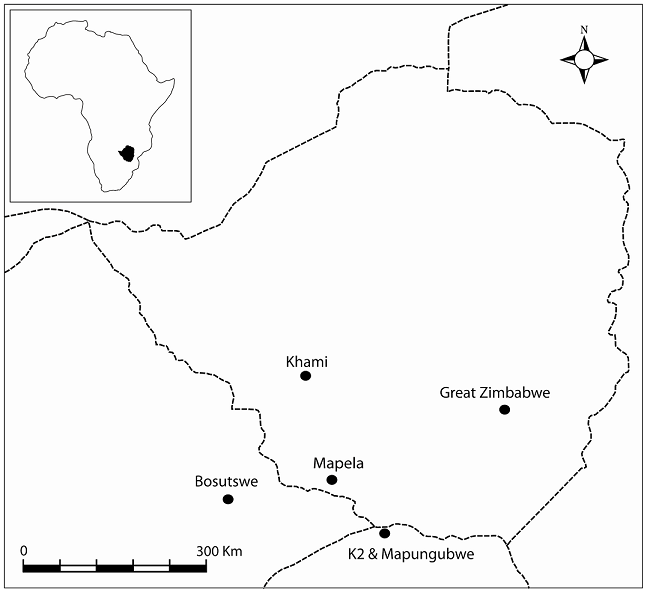
The location of Mapela in relation to other important sites in the region
around present-day Zimbabwe [Credit: PLoS ONE
Until June 2013, that is. Then, new excavations started under the leadership of Dr Chirikure from the University of Cape Town. Chirikure and his team discovered a large area with massive stone walls, huge piles of fossilised animal excrement, pottery, spinning wheels and thousands of glass beads that testify to thriving trade with other countries, probably India and China. Carbon dating indicates that Mapela was as a flourishing community that existed continuously from the early 8th century until well into the 18th. 'Mapela lies virtually untouched in a rather inaccessible area, and is unique in several respects,' says Per Ditlef Fredriksen, associate professor of archaeology at the University of Oslo. Since June 2014 he has been Dr Chirikure's collaboration partner and head of the research project that will dig deeper into the ecological history of Mapela to find out more about how people and the environment mutually affected each other in the Shashi-Limpopo region.
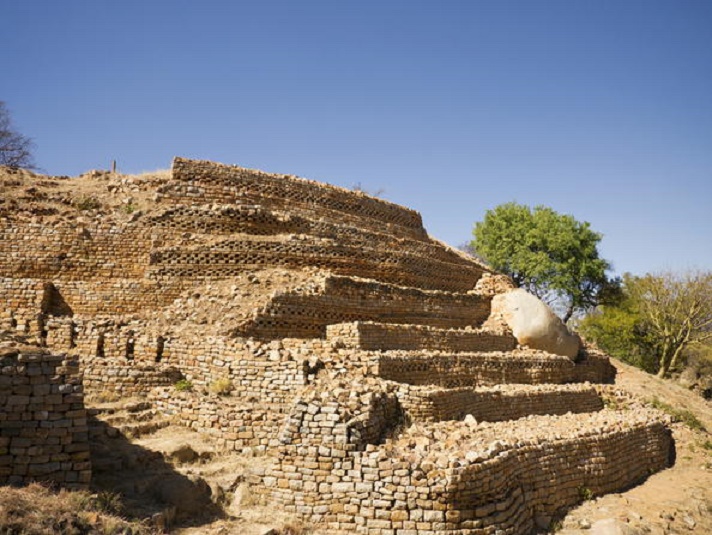
Khami (shown here) is already on the World Heritage List. There is a lot to support the inclusion of Mapela, too [Credit: UNESCO]
Read more at: archaeologynewsnetwork.blogspot.jp...
Follow us: @ArchaeoNewsNet on Twitter | groups/thearchaeologynewsnetwork/ on Facebook
Pls klk the links for more reading, there are supposedly more than 300 such sites these are among the more important ones although I think it's a mistake to over look smaller sites although large sites may seemed more sexy and the payday more attractive, smaller sites may hold some surprises.
Nice find!
I find it interesting that the site was "abandoned and forgotten" by the archaeologists. I guess given the political climate, it could happen, but I can't imagine that it happens too often.
I also agree 100% that smaller sites may hold more important finds, but people are always going to want to see/excavate the larger ones first. Human nature, I guess.
S&F
I find it interesting that the site was "abandoned and forgotten" by the archaeologists. I guess given the political climate, it could happen, but I can't imagine that it happens too often.
I also agree 100% that smaller sites may hold more important finds, but people are always going to want to see/excavate the larger ones first. Human nature, I guess.
S&F
edit on 6/8/2015 by AdmireTheDistance because: (no reason given)
petrified excrement that is, at most, 1200 years old?
8th century?
am i missing something here? i mean, history is cool. and digging into african history is VERY much needed to put the southern 3/4 of the continent into context. But this isn't near as cool as i would have expected based on the headline. Less than 2000 years, coming from the most ancient sites of human footsteps, is kind of underwhelming.
8th century?
am i missing something here? i mean, history is cool. and digging into african history is VERY much needed to put the southern 3/4 of the continent into context. But this isn't near as cool as i would have expected based on the headline. Less than 2000 years, coming from the most ancient sites of human footsteps, is kind of underwhelming.
a reply to: bigfatfurrytexan
And yet all you noticed was the part about fossilised excrements? Really?
As for the OP, I've been fascinated with the Greater Zimbabwe civilization for several years now. I'd love to see more about this and the 300 other sites referred to in the OP. There was one site that went unnoticed for a long time because of its large scale. There were remnants of a wall stretching for kilometers surrounding it. There were supposedly other smaller walled settlements near it, too.
Chirikure and his team discovered a large area with massive stone walls, huge piles of fossilised animal excrement, pottery, spinning wheels and thousands of glass beads that testify to thriving trade with other countries, probably India and China. Carbon dating indicates that Mapela was as a flourishing community that existed continuously from the early 8th century until well into the 18th
And yet all you noticed was the part about fossilised excrements? Really?
As for the OP, I've been fascinated with the Greater Zimbabwe civilization for several years now. I'd love to see more about this and the 300 other sites referred to in the OP. There was one site that went unnoticed for a long time because of its large scale. There were remnants of a wall stretching for kilometers surrounding it. There were supposedly other smaller walled settlements near it, too.
originally posted by: bigfatfurrytexan
petrified excrement that is, at most, 1200 years old?
8th century?
am i missing something here? i mean, history is cool. and digging into african history is VERY much needed to put the southern 3/4 of the continent into context. But this isn't near as cool as i would have expected based on the headline. Less than 2000 years, coming from the most ancient sites of human footsteps, is kind of underwhelming.
Well this was the end or beginning stage of a great trade network that ended in China and Japan the network in fact was larger than the silk road route, part of our roots to globalization ended or began here,
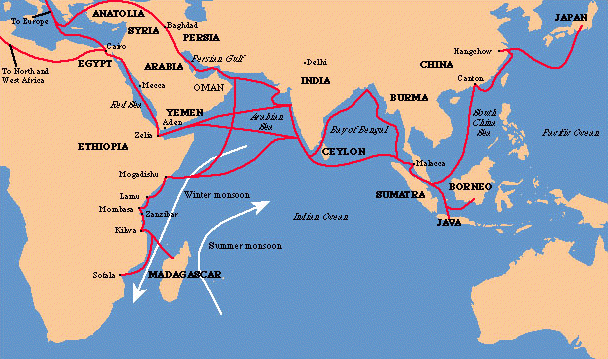
See the coastal city of Sofala?? well they controlled it and the Somali and Swahili operated it, they also travelled another route to Mozambique , much of the world's gold, Iron and Ivory came from there. while the site began in the 8th century and was concurrent with the middle ages, trade goes back to much earlier times
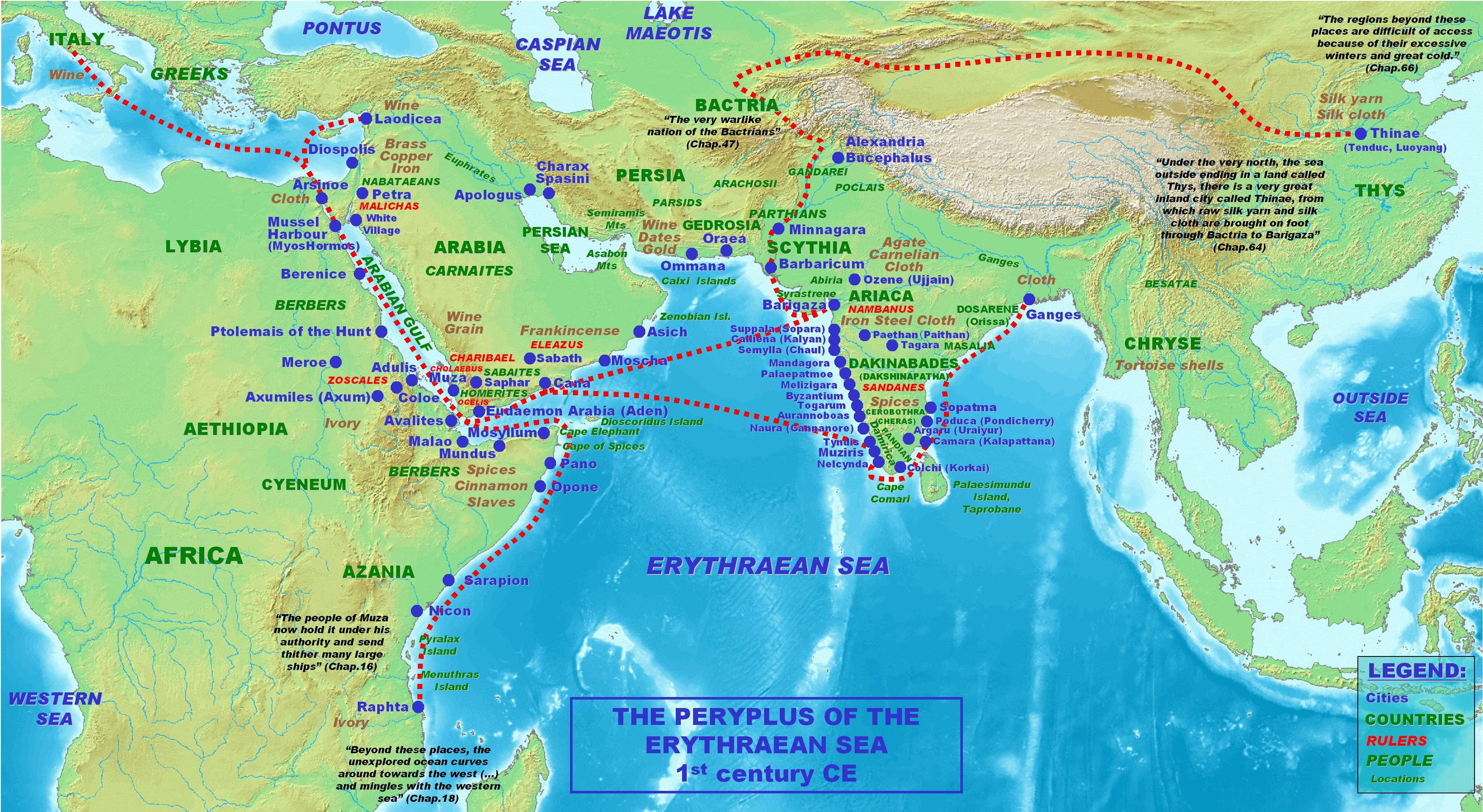
This is an earlier form of the trade route with Roman involvement 1century C.E the port city of Raphata north of Sofala that eclipsed it, keep in mind that before that era much of the lands beyond that was sparsely populated by Hgs like the Khoisan (Bush men) and Ba-twa (Pygmies).
So think about it like the great migration of folks like the Vikings of that era setting up shop and settlements, opening what was for them new frontier.
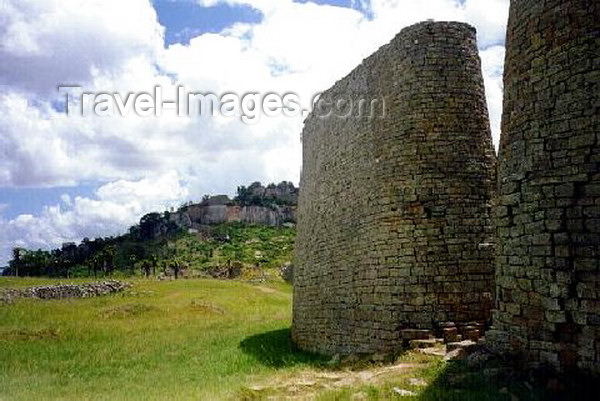
And taste wise I find their buildings quite majestic not unlike some architecture in mesoAmerica ..
edit on 8-6-2015 by Spider879 because:
(no reason given)
a reply to: enlightenedservant
Because fossilized excrement seem incongruous to such a recent date to my unlearned self.
The trade routes, however, go without saying. Wherever humans lived, they connected with other humans to swap stories, goods, and people.
Because fossilized excrement seem incongruous to such a recent date to my unlearned self.
The trade routes, however, go without saying. Wherever humans lived, they connected with other humans to swap stories, goods, and people.
a reply to: Spider879
it has taken a beating, that is for sure.
You seem like the guy to ask...but if i was interested in diving in to African history, where would be a good start in your opinion? When I sit here and think about it, my information kind of stops with the result of what colonialism had to say on the matter via my school texts. Which, while interesting, seems to be amiss with the rest of the world and leaves me feeling like any real cultural accomplishment was downplayed. I find it impossible to believe that with the long periods of desertification in the north, the rest of the continent wouldn't have been a cauldron for culture.
it has taken a beating, that is for sure.
You seem like the guy to ask...but if i was interested in diving in to African history, where would be a good start in your opinion? When I sit here and think about it, my information kind of stops with the result of what colonialism had to say on the matter via my school texts. Which, while interesting, seems to be amiss with the rest of the world and leaves me feeling like any real cultural accomplishment was downplayed. I find it impossible to believe that with the long periods of desertification in the north, the rest of the continent wouldn't have been a cauldron for culture.
originally posted by: bigfatfurrytexan
a reply to: Spider879
it has taken a beating, that is for sure.
You seem like the guy to ask...but if i was interested in diving in to African history, where would be a good start in your opinion? When I sit here and think about it, my information kind of stops with the result of what colonialism had to say on the matter via my school texts. Which, while interesting, seems to be amiss with the rest of the world and leaves me feeling like any real cultural accomplishment was downplayed. I find it impossible to believe that with the long periods of desertification in the north, the rest of the continent wouldn't have been a cauldron for culture.
That's a good question and not so simple as some may think but I'd have to go back to the green Sahara that's where the population was dense after drying out folks moved east west north and south, some went to the Nile others to the Niger, but that covers an awful lot of history and territory, if we think urbanization then your first stop would be the Nile valley, and links to the great lakes and the Ethiopian high lands, for west Africa that would be Dar Tititchit
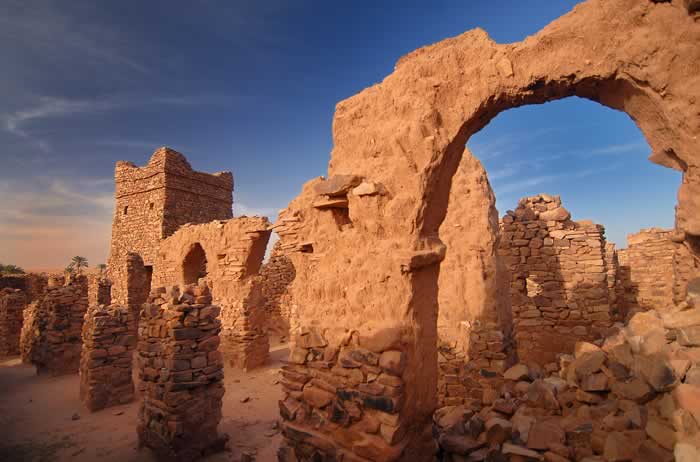
This site was contemporary with pre-dynastic Egypt at 4kyrs B.C coming into full bloom at 2,500 B.C I suspect, though I cannot prove it that they may have had links to a people known to the Egyptians as Yam a polity that became part of Kush that aroused during the same time.
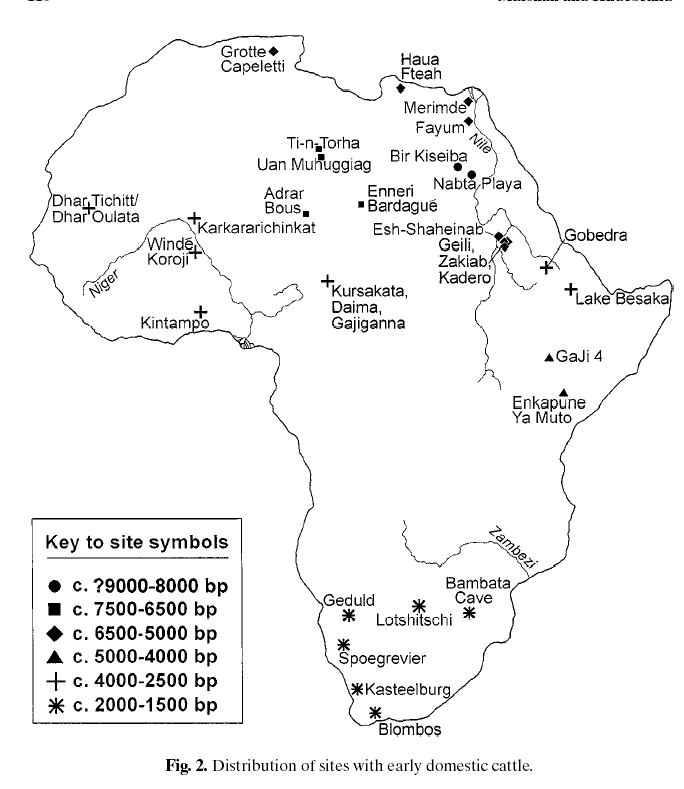
Location of ^^ Dar Tititchit or Wagadu but mostly recognized as ancient Ghana, not Ghana of the forest zone today it's modern name sake, they set the pace of urbanization that was to follow for the next 4 millennium in west Africa and as a civilization outlasted Pharaonic Kmt to the medieval era.
One cannot truly separate African history into geographical parts as there are links both cultural and other wise that spanned an enormous amount of time.
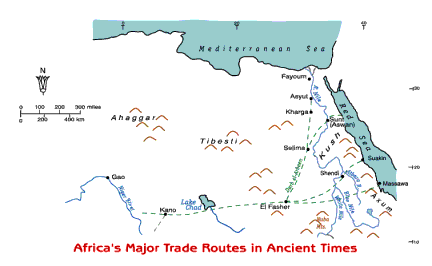
This Nile to Niger route for instance is very old and stopped in the city of Gao that once belonged to Wagadu or ancient Ghana, a city btw some claimed the Pharaohs got their magicians from.
If you are using the grey background you might want to switch to white to see the above map more clearly.
edit on 9-6-2015 by Spider879
because: (no reason given)
new topics
-
The good, the Bad and the Ugly!
Diseases and Pandemics: 1 hours ago -
Russian intelligence officer: explosions at defense factories in the USA and Wales may be sabotage
Weaponry: 3 hours ago -
African "Newcomers" Tell NYC They Don't Like the Free Food or Shelter They've Been Given
Social Issues and Civil Unrest: 4 hours ago -
Russia Flooding
Other Current Events: 6 hours ago -
MULTIPLE SKYMASTER MESSAGES GOING OUT
World War Three: 6 hours ago -
Two Serious Crimes Committed by President JOE BIDEN that are Easy to Impeach Him For.
US Political Madness: 7 hours ago -
911 emergency lines are DOWN across multiple states
Breaking Alternative News: 7 hours ago -
Former NYT Reporter Attacks Scientists For Misleading Him Over COVID Lab-Leak Theory
Education and Media: 9 hours ago -
Why did Phizer team with nanobot maker
Medical Issues & Conspiracies: 10 hours ago -
Pro Hamas protesters at Columbia claim hit with chemical spray
World War Three: 10 hours ago
top topics
-
Go Woke, Go Broke--Forbes Confirms Disney Has Lost Money On Star Wars
Movies: 14 hours ago, 13 flags -
Pro Hamas protesters at Columbia claim hit with chemical spray
World War Three: 10 hours ago, 11 flags -
Elites disapearing
Political Conspiracies: 12 hours ago, 9 flags -
Freddie Mercury
Paranormal Studies: 14 hours ago, 7 flags -
African "Newcomers" Tell NYC They Don't Like the Free Food or Shelter They've Been Given
Social Issues and Civil Unrest: 4 hours ago, 7 flags -
A Personal Cigar UFO/UAP Video footage I have held onto and will release it here and now.
Aliens and UFOs: 12 hours ago, 5 flags -
Two Serious Crimes Committed by President JOE BIDEN that are Easy to Impeach Him For.
US Political Madness: 7 hours ago, 5 flags -
Russian intelligence officer: explosions at defense factories in the USA and Wales may be sabotage
Weaponry: 3 hours ago, 4 flags -
911 emergency lines are DOWN across multiple states
Breaking Alternative News: 7 hours ago, 4 flags -
Former NYT Reporter Attacks Scientists For Misleading Him Over COVID Lab-Leak Theory
Education and Media: 9 hours ago, 4 flags
active topics
-
Russian intelligence officer: explosions at defense factories in the USA and Wales may be sabotage
Weaponry • 71 • : FlyersFan -
Former NYT Reporter Attacks Scientists For Misleading Him Over COVID Lab-Leak Theory
Education and Media • 4 • : Vermilion -
Russia Flooding
Other Current Events • 4 • : Dalamax -
African "Newcomers" Tell NYC They Don't Like the Free Food or Shelter They've Been Given
Social Issues and Civil Unrest • 8 • : FlyersFan -
Elites disapearing
Political Conspiracies • 22 • : CitizenB -
I Guess Cloud Seeding Works
Fragile Earth • 22 • : Degradation33 -
-@TH3WH17ERABB17- -Q- ---TIME TO SHOW THE WORLD--- -Part- --44--
Dissecting Disinformation • 520 • : cherokeetroy -
Two Serious Crimes Committed by President JOE BIDEN that are Easy to Impeach Him For.
US Political Madness • 9 • : Myhandle -
MULTIPLE SKYMASTER MESSAGES GOING OUT
World War Three • 15 • : cherokeetroy -
A Personal Cigar UFO/UAP Video footage I have held onto and will release it here and now.
Aliens and UFOs • 10 • : Hakaiju
6
